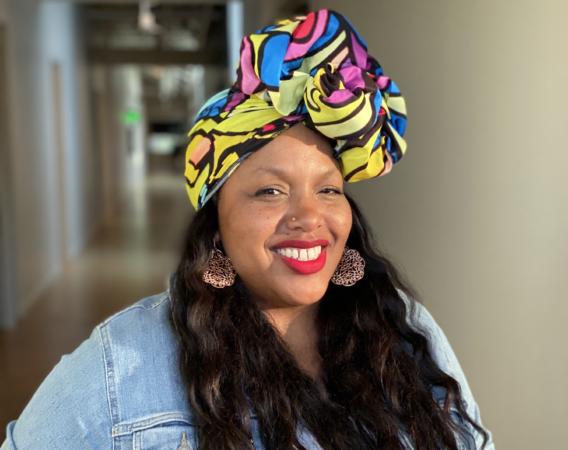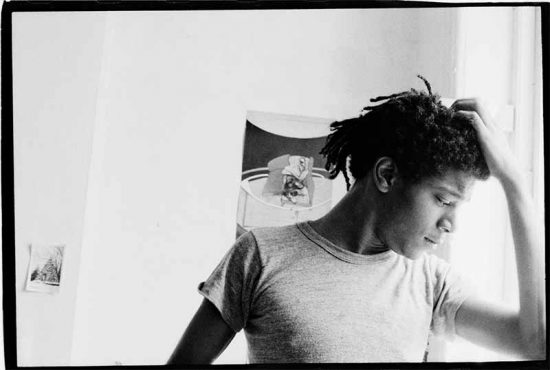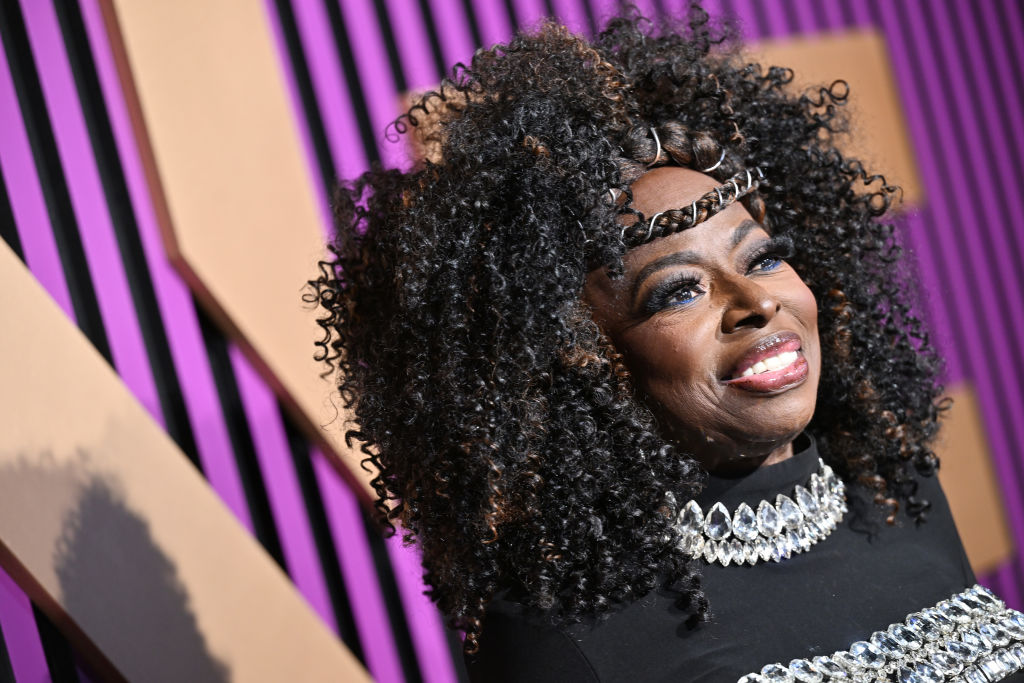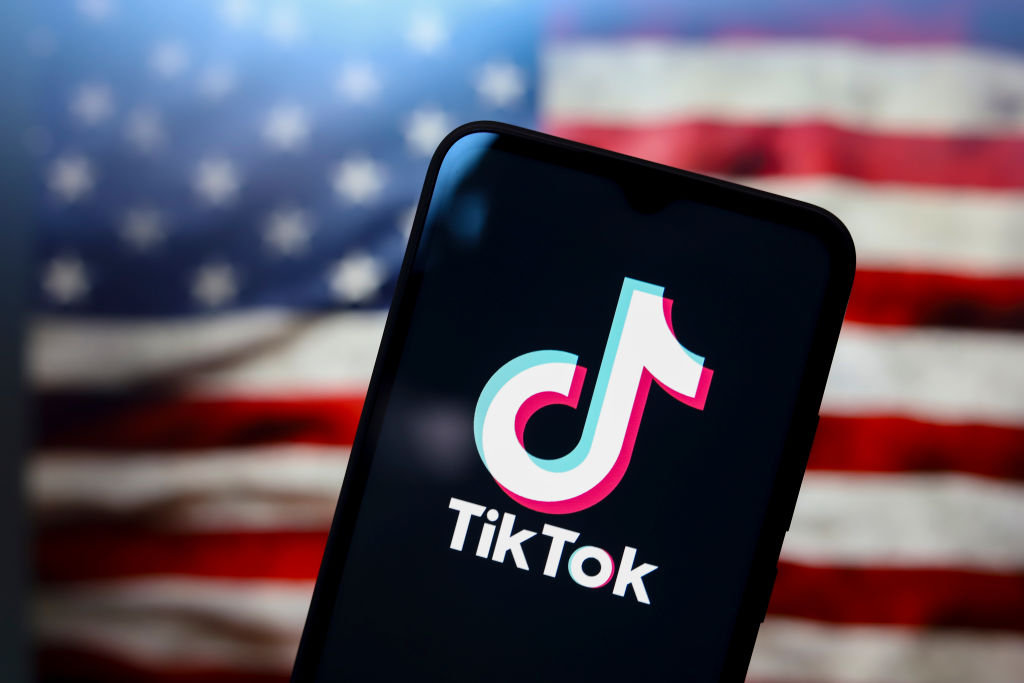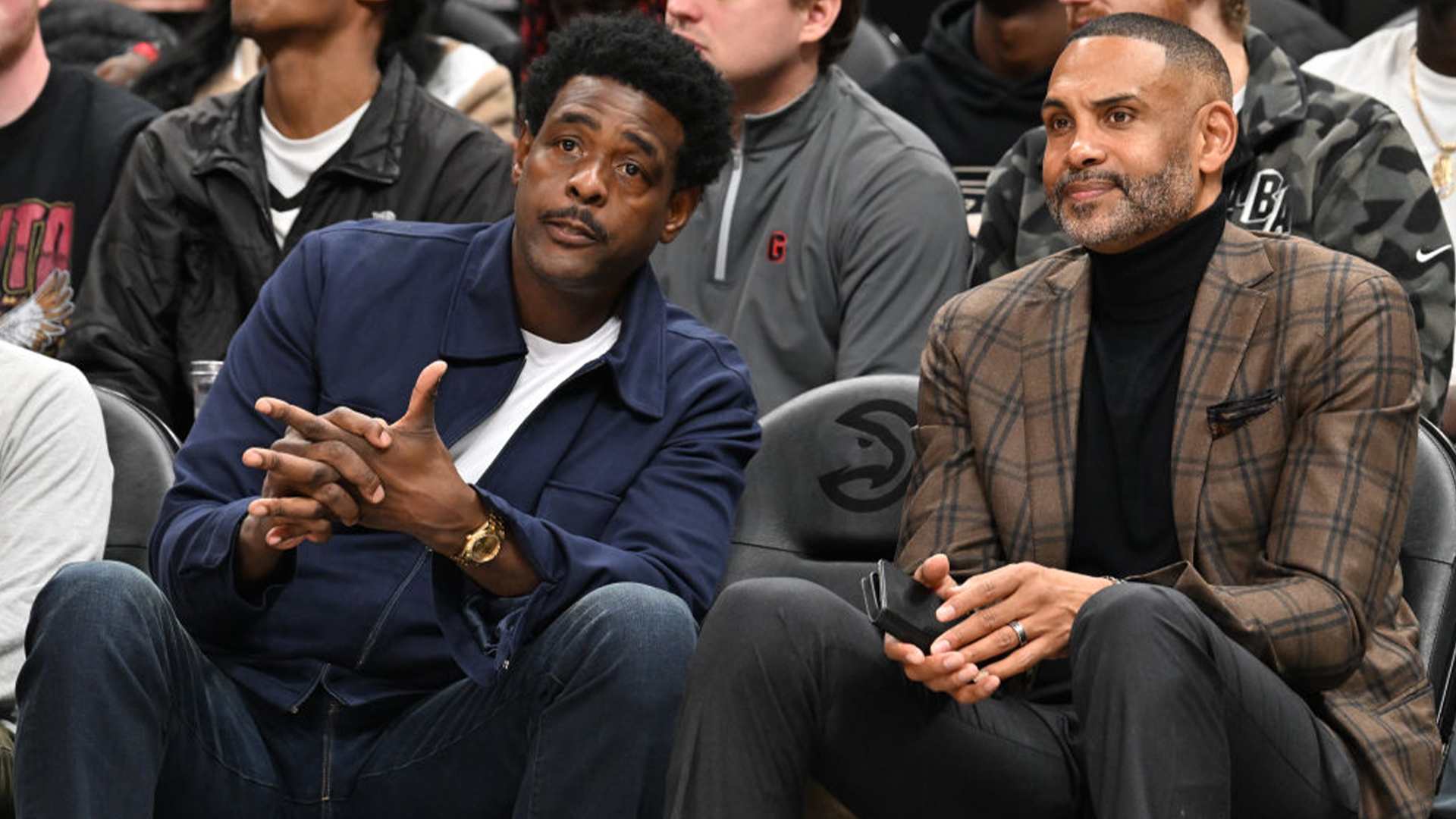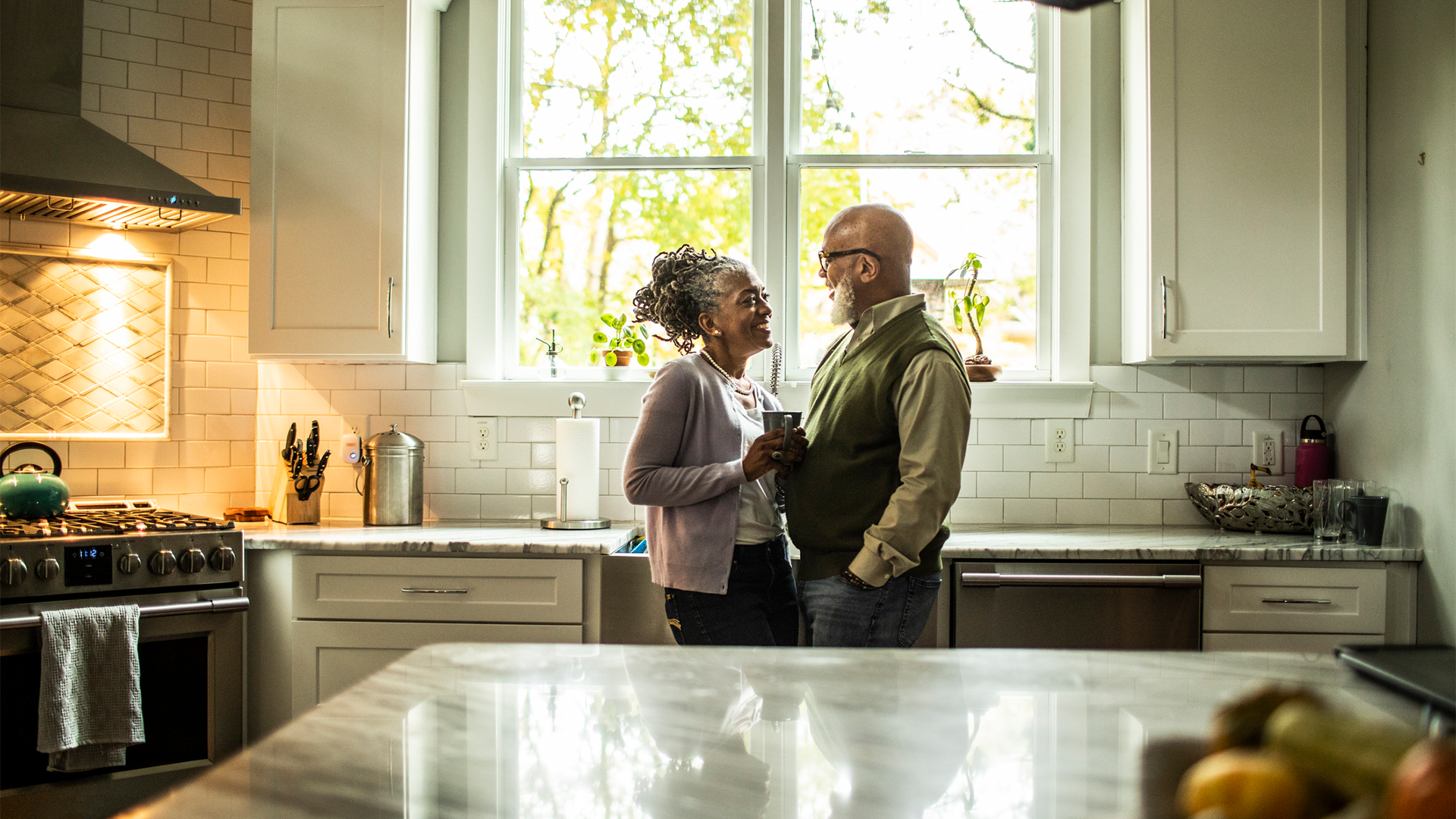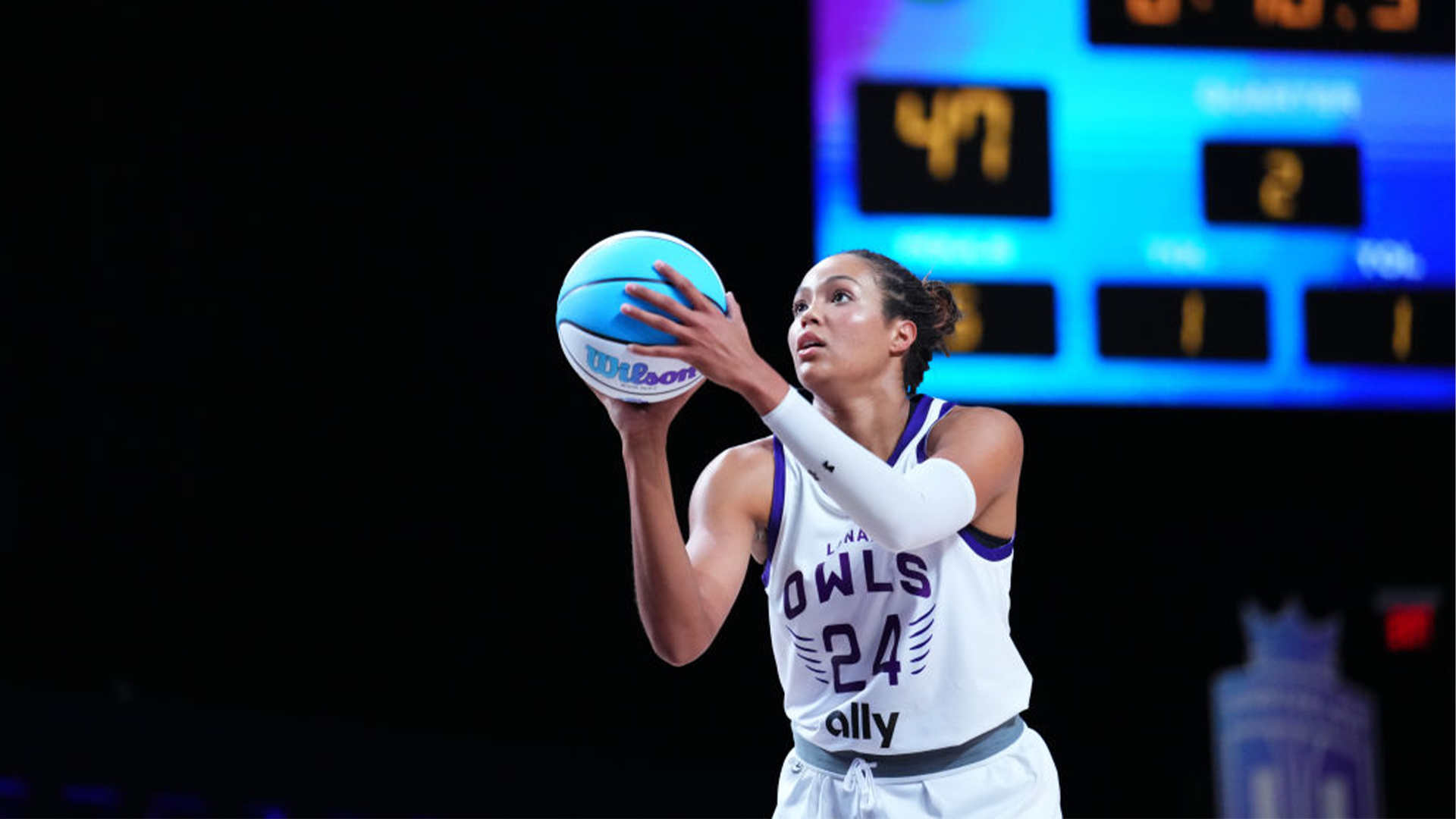Each time you open an app and navigate to a search bar or click “follow” on some other user’s page, there is a person behind the scenes researching and designing better ways to bring these features to you. User experience (UX) design is more than just making sure audiences know how to navigate an app. It is also about ensuring that a variety of people can use features effectively.
“Before you can even make something look good, you have to understand why this person uses an app,” Renee Reid, UX Design Researcher at LinkedIn, said. “It is about first getting down to the core of understanding why and how someone would even use the feature.”
As with most tech professions, UX’s lack of diversity greatly impacts the types of products that are put into the market. Reid said product developers often miss blindspots because they work to only solve problems for one group of people.
“When you have a homogenous team, you’re only developing and testing in these homogenous environments,” Reid said. “Even when things like AI are developed they have to be researched, and they should be researched. That’s where I come in.”
Reid focuses on understanding audiences and uses for LinkedIn, ironing out features that audiences may need more understanding of or incentive to use. LinkedIn is one of the few social platforms that is focused exclusively on career building and professional networking, so it needs more than the copy-and-paste appearance.
“Sometimes, you want to make things look similar [to other apps], but your research may show that it shouldn’t look similar, ” Reid said. “Your research should also show you that people can understand and pivot to new things.”
Pivoting is how Reid ended up in her career. Before UX research, she spent years in project management and sales. She began teaching herself how to code and was on track to become a frontend engineer, but one professor changed her trajectory.
“You can make a pretty page, but that doesn’t mean people are going to use it,” Reid said.
That quote from her former professor was a revelation for her next career move. Reid pivoted from a Customer Success Lead and started her journey in UX. After years into her research career, she ultimately obtained a Master’s in Human Computer Interaction and Design from the University of California Irvine.
“At first, I was trying to become something new and leave all of the things I’d learned from other jobs behind,” Reid said. “What I started to discover was that my 15-year career was my superpower in becoming a UX researcher.”
Reid pulls on her experience as a native-New Yorker, an HBCU graduate from Savannah State University graduate, and a project manager to strengthen her value at LinkedIn. She hopes that through her work, she and her team can fill in the gaps that some other apps are missing.
